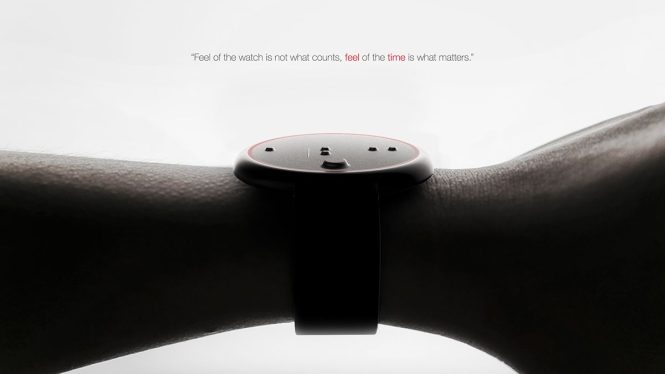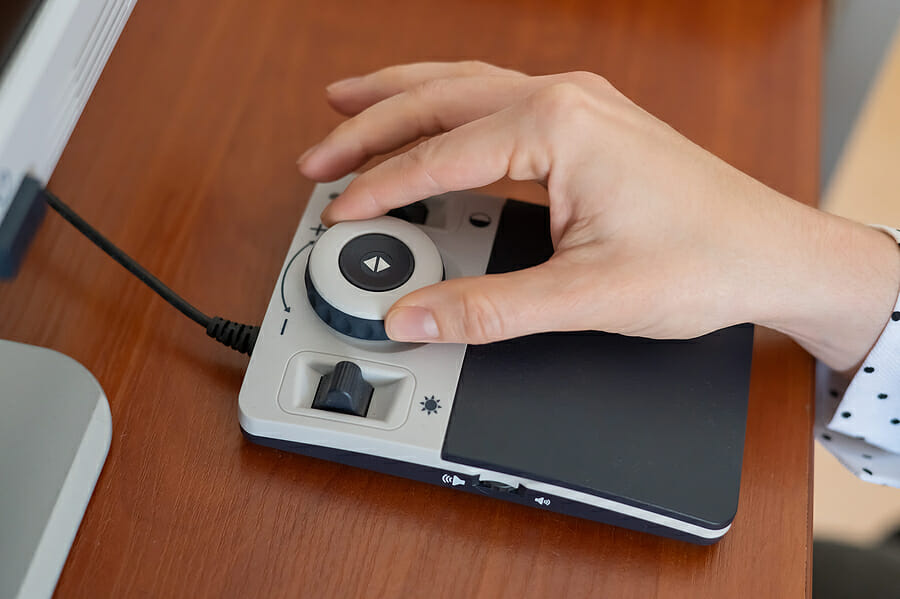

Does using gadgets make you blind? This pervasive fear is often fueled by increasing screen time, leading to eye strain and discomfort. While complete blindness isn’t a direct consequence of gadget use, understanding the connection between technology and eye health is crucial. This comprehensive guide explores the relationship between gadgets and vision, identifying the specific causes of eye strain, and providing actionable solutions for maintaining healthy eyes in the digital age. We’ll cover the science behind digital eye strain, discuss practical ways to prevent it, and offer insights into future technologies and their potential impact on vision.
Understanding Digital Eye Strain
The science behind eye strain
Prolonged use of digital devices can strain the eyes, leading to discomfort, blurred vision, and headaches. The constant focus required for reading screens or engaging in online activities places stress on the eye muscles, causing them to tire. Studies have shown a strong correlation between increased screen time and eye strain. This phenomenon is often referred to as “digital eye strain” or “computer vision syndrome” and is not inherently a risk for blindness itself.
Symptoms of Digital Eye Strain
Common symptoms of digital eye strain include headaches, dry eyes, blurred vision, eye fatigue, and neck or shoulder pain. These symptoms can often be attributed to muscle fatigue and the strain of maintaining focus on close-up screens. These symptoms can be temporarily relieved by rest, but consistently ignoring this strain can lead to more serious and persistent problems.
Factors contributing to eye strain
Several factors contribute to digital eye strain. These factors include the intensity of light emitted from the screen, the length of time spent using the device, the distance between the eyes and the screen, and the individual’s eye health.
The Impact of Blue Light
Blue light and its effect on eyes
Modern digital devices emit blue light, a high-energy type of light. While not definitively proven, some studies suggest that excessive exposure to blue light from screens might play a role in eye strain and potential long-term eye health issues. For example, blue light may affect the sleep-wake cycle and contribute to difficulty sleeping.
Strategies for managing blue light
Taking precautions to mitigate the impact of blue light can be helpful. Some solutions include using blue light filters on screens, adjusting screen brightness, and limiting screen time before bed. Using proper lighting to counter screen brightness and reducing screen-time can help alleviate some of these issues.
Blue light filters and their effectiveness
Blue light filters are designed to reduce the amount of high-energy blue light emitted by digital screens. The effectiveness of these filters can vary depending on the individual’s needs and sensitivity to blue light. Some users find them highly helpful, while others do not experience significant improvement.
Maintaining Eye Health Practices
The importance of regular breaks
Regular breaks are critical for preventing eye strain. Taking short breaks every 20-30 minutes to rest your eyes is essential to allow your eye muscles to relax. During these breaks, focus on distant objects to allow your eye muscles to refresh. This will not only reduce fatigue and strain but also enhance focus, and boost productivity.
Optimizing screen viewing distance
Maintaining a suitable viewing distance from your screen is important. Holding the device too close to your eyes can increase eye strain. Eye-care experts recommend keeping your screen at an arm’s length to minimize the effort your eyes have to put in. Maintaining proper posture and keeping your body relaxed will also help minimize long-term issues.
Importance of adequate lighting
Appropriate lighting conditions are paramount to preventing eye strain. Ensuring sufficient lighting reduces the strain on your eyes and helps to avoid eye fatigue and headaches. If you’re in a low-light environment, ensure the lighting is adequate to avoid straining your eyes excessively. The quality of your eyesight can change over time due to lifestyle and other factors, so regularly visit your eye-care provider.
Future Technologies and Eye Health
VR headsets and their potential impact
Virtual reality (VR) headsets are becoming increasingly popular, but their prolonged use may cause eye strain, similar to other digital devices. The immersive nature of VR can contribute to extended focus and possible eye strain, so taking frequent breaks and adjusting to proper lighting remains important.
Eye Tracking Technology
Eye tracking technology is being integrated into various applications, offering enhanced user experiences. Although eye tracking in itself is not directly harmful, potential impacts on eye health, including eye strain and other eye fatigue symptoms, may need further study.
Other gadgets and their potential impact
The ever-evolving technology landscape brings new devices that may impact our eyes. It’s vital to remain informed about the potential health implications as technology advances.
Preventing Eye Strain
Additional tips to alleviate digital eye strain
Some practical steps in preventing eye strain include blinking frequently, using eye drops to reduce dryness, and adjusting the screen’s brightness and contrast. Following these tips and maintaining proper habits while using gadgets will help you to avoid unnecessary strain.
The role of diet and hydration in eye health
Adequate hydration plays an important role in maintaining healthy eye function. Drinking plenty of water contributes to the overall health of your eyes, reducing potential dryness and irritation. A balanced diet also supports eye health by providing essential nutrients that support vision and eye health.
The importance of regular eye checkups
Routine eye checkups with an ophthalmologist are crucial for maintaining healthy eyesight. Early detection and intervention for any eye-related issues can be critical for preventing potential vision problems.
Frequently Asked Questions
Q1: Can prolonged use of gadgets lead to blindness?
A1: Prolonged and improper use of gadgets can lead to digital eye strain, causing eye fatigue and other discomforts. However, it’s essential to understand that these symptoms don’t lead to blindness. While the direct link between gadget use and blindness remains debatable, practicing good eye care habits is vital to minimizing potential eye strain.
Q2: What are the common symptoms of eye strain due to gadget use?
A2: Common symptoms of eye strain associated with gadget use include dry eyes, blurred vision, headaches, neck pain, and general eye fatigue. These symptoms may increase with extended use and can range from mild to severe. Proper breaks and lighting adjustments can often alleviate these issues.
Q3: How can I protect my eyes from digital eye strain?
A3: Protect your eyes by maintaining proper posture, adjusting the brightness of your screen, and incorporating regular eye breaks. Limit screen time before bed and use blue light filters. Additionally, regular eye checkups with an ophthalmologist are crucial for early detection and prevention.
Q4: Are there any long-term risks associated with excessive gadget use?
A4: While excessive gadget use isn’t a direct cause of blindness, it can contribute to long-term eye strain and other health concerns. However, preventative measures, such as incorporating breaks into your schedule and taking care of your eyes, can help minimize these risks and ensure you enjoy your gadgets without compromising your vision.
In conclusion, while gadgets can strain your eyes if not used responsibly, they aren’t inherently blinding. By practicing good eye care habits and adjusting your usage, you can minimize the risk. Remember to take regular breaks, maintain proper lighting, and consider using blue light filters if you find your eyes tired. For a deeper dive into understanding eye strain and related issues, visit our website at [website address].